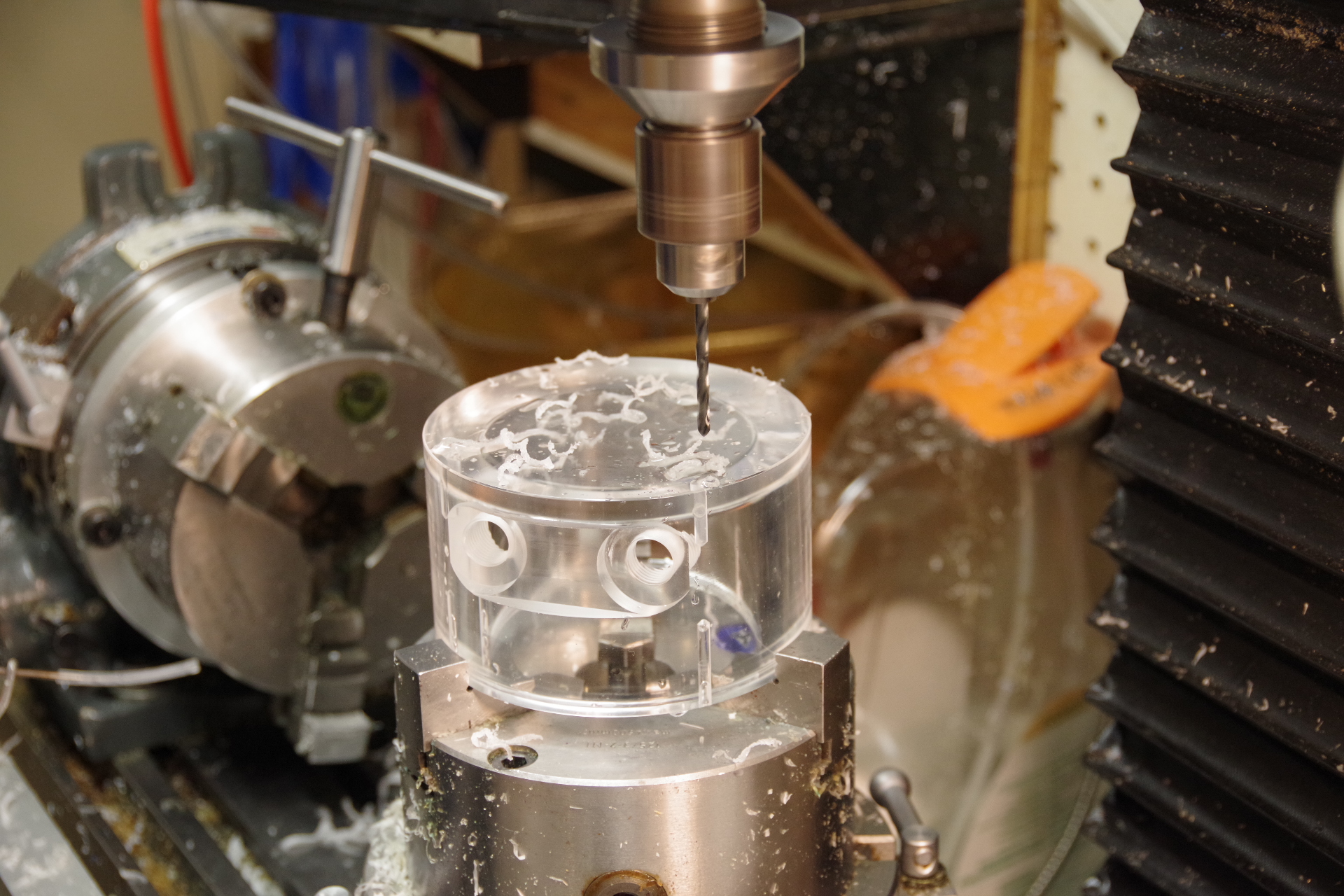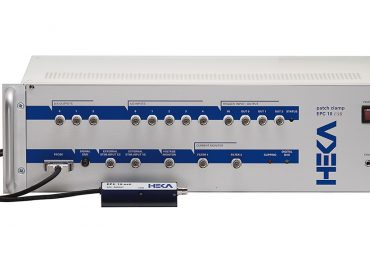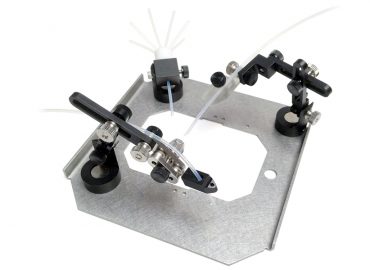Supplier Focus – Scientific Systems Design (SSD) Inc.
Brain Slice/Tissue Chambers & Keepers for Neuroscience Research
While Digitimer’s expertise is within medical and medical research electronics, manufacturing products including bio-potential amplifiers and electrical stimulators, we also aim to provide a “one-stop-shop” that allows our customers to obtain instrumentation and devices that are key components to their experimental apparatus. Electrophysiologists certainly need low noise amplifiers and stimulators like our NeuroLog System and DS2A/DS3 Stimulus Isolators, in order to conduct research using in vitro or ex vivo preparations, but the key to a good quality electrophysiological recording is a viable preparation. A chamber that keeps tissue alive is critical for the success of an experiment and the credibility of the data.
Digitimer & SSD – Partners for over 15 years
Digitimer has been in partnership with Scientific Systems Design Inc. for over 15 years and during that time, we have supplied their brain slice chambers, incubators and temperature controllers to some of the most prestigious universities and research institutes throughout the UK and mainland Europe. SSD has a reputation for manufacturing high-quality incubation and perfusion products, designed with immaculate precision and backed up by responsive and knowledgeable aftersales support. As a result, we thought it might be interesting to put SSD under the microscope, learning more about the history of the founder, the company and examining some of their most significant and popular products.
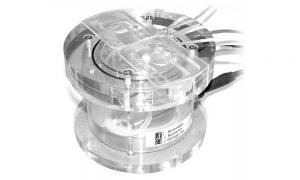
Products developed & refined during a career in neuroscience and engineering
Sukhvinder Dhanjal is the founder and president of Scientific Systems Design Inc, a company that has been based in Canada since 2002. His career in neuroscience started in the UK at The Institute of Neurology in London, where in 1983, he developed the first adult mammalian spinal cord slice preparation for his Ph.D thesis, working under Prof. Thomas A. Sears, in Sobell Dept of Neurophysiology. Even at that stage, Sukhvinder was torn between pursuing a career in engineering and neuroscience research and whilst doing his Ph.D set up a modest mechanical engineering workshop for the department on the fifth floor.
Here Sukhvinder was in his element finding solutions and developing protocols for brain slice viability, experimenting with oxygenation, humidification, flow rates, optical illumination to enhance slice laminar visibility and so on. In addition, he gained valuable insights from the technical experts across the corridor in the Dept of Clinical Neurophysiology and EEG where Bert Morton was involved with the development and testing of many of Digitimer EEG amplifiers and head-stages, that were the forerunners of those in use today. Sukhvinder learned many aspects of electrophysiology, noise control and artefacts, high gain amplifiers and FET head-stages from interactions with that department. He recalls that in those days you built your own anti-vibration table with slabs of concrete and bicycle tire inner tubes, temperature control circuits for slice chambers from scratch and developed your own B&W pictures of brain slices taken through a microscope and captured spike waveforms off a cathode ray tube oscilloscope with a Polaroid Instant Print camera.
After his Ph.D he moved on to the Institute of Ophthalmology, again adding to his in vitro experience with a dedicated retina prep recording chamber design. From here he moved to the Neurophysiology dept at The National Institute for Medical Research, working on various research projects from mice hippocampal slices to auditory map experiments, signal processing methods using FFT analysis and worked on new designs of slice chambers used by Tim Bliss and his group for long term potentiation (LTP) and long term depression (LTD).
After several years of developing new instruments, Sukhvinder decided to launch a niche company specializing in products for brain slice electrophysiologists which are now used worldwide in universities and pharmaceutical companies. Having first-hand experience and knowledge of the electrophysiology field, Sukhvinder has been able to tailor instruments to the exacting requirements of neuroscientists. Sukhvinder’s product development is heavily influenced by feedback gained from researchers who meet him at neuroscience exhibitions. He is always keen to work on new designs and requirements that may not have been met, so if you have a project for him, please do get in touch and we will contact Sukhvinder for you.
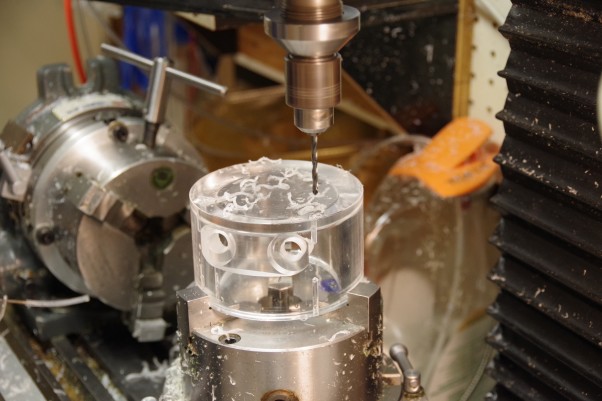
SSD’s current range includes products employed in neuroscience, physiology, pharmacology, biochemistry and biophysics. While the vast majority of the chambers and keepers are designed to extend the viability of ex-vivo/in vitro brain slices during or prior to electrophysiological recording or imaging, SSD has also developed tissue chambers, temperature controllers and inline perfusate heaters.
Tissue & Brain Slice Chambers
The range of tissue and brain slice recording chambers is always evolving and at present there are in excess of 10 alternative models, suited to table-top or microscope stage use and designed for interface or submerged recording modes. The TCKG Organ/Tissue Chamber consists of two main cells, one is a large diamond-shape for containing the preparation and the other is a smaller oval-shaped cell where nerve ends are arranged for making electrical recordings. The chamber is suitable for isolated organ, skin, nerve and muscle preparations, which may be maintained for several hours via the heated base, which also allows for humidified oxygenation.
The table below summarises the current range of Brain Slice Chambers and provides links to the individual product pages, where you can download datasheets and see more detailed product specifications.
| Brain Slice Chambers | Lab Table | Interface | BSC2 BSC2-2 |
|
| Submerged & Interface |
BSC1 BSC1-2 BSC3 |
|||
| Microscope Stage | Upright | Interface | MS3 | |
| Submerged | MS1 MS2 MC |
|||
| Inverted | Submerged | MS4 MS5 MC |
||
Brain Slice Keepers
As with the brain slice chambers, a range of brain slice keepers is available in a variety of formats and volumes.
| Brain Slice Keepers | Interface | Number of Rigs, Diameter | 2 x 33mm | BSK5-2 |
| Submerged | Fluid Capacity (ml) | 4ml | BSK6 | |
| 5ml | BSK2 | |||
| 100ml (Heated) | BSK AM | |||
| 200ml | BSK1 | |||
| 500ml | BSK4 BSK12 |
Temperature Controllers
The Organ/Tissue Chamber, several of the Brain Slice Chambers and one of the Brain Slice Keepers can be supplied with a dedicated proportional temperature controller unit. SSD offer two alternative models, the PTC03 which is suited to low noise electrophysiological recordings, while the PTC04 is appropriate for applications that do not involve electrophysiology.
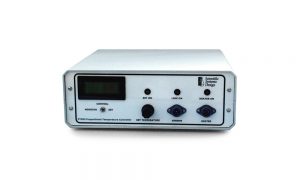
Find Out More
If you want to find out more about the range of products designed and manufactured by SSD, please browse the relevant product page or contact Digitimer, who can guide you through the product selection process.
